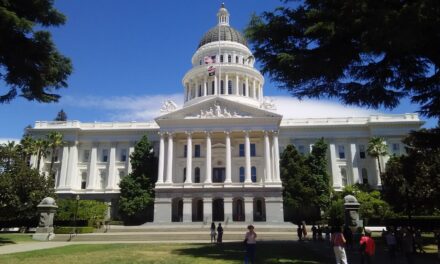The federal government extended the homebuyer tax credit, again providing first time homebuyers with up to $8,000 in subsidy on the purchase of a principal residence. New to the tax credit: a provision for repeat homebuyers, who are eligible for up to $6,500. This sequel to the homebuyer tax credit will expire on April 30, 2010. The original tax credit was set to expire on November 30.
The maximum credit allowed for first time homebuyers remains $8,000. A first time homebuyer is someone who has not owned a home in the three years prior to the close of escrow on the purchase. However, the new credit also makes allowances for “long-time residents,” or those who have owned a principal residence for no less than five of the eight years prior to the close of escrow on the purchase of a new primary residence.
Also, the new version of the credit increases the eligible income limits for buyers. The new credit is available in full to those filing single with a modified adjustable gross income (MAGI) of no more than $125,000 (formerly no more than $75,000), or $225,000 for joint filers (formerly no more than $150,000). Single filers with a MAGI between $125,000 and $145,000 or joint filers with a MAGI between $225,000 and $245,000 are eligible for a reduced credit.
There are additional restrictions taking effect with the new law. Home purchase transactions are not eligible for the credit if:
• the purchase price of the home exceeds $800,000;
• the purchaser is younger than 18; or
• the purchaser can be claimed as a dependent.
Members of the Armed Forces and certain federal employees serving outside the U.S. are given one extra year to use the credit. Eligible taxpayers have until April 30, 2011 to sign the purchase agreement on a qualifying purchase.
ft take: When all is said and done, the homebuyer tax credit program will cost the federal government over $11 billion in lost tax revenues, which, all considered, is not much. The downside for the future: those buying under these programs would purchase regardless of the tax credit. The tax incentive, just like the “Cash for Clunkers” auto program, will trigger an earlier purchase to help builders reduce inventories and lenders to clear out the REOs. Implicitly, builders and lenders are the ultimate recipients of the subsidies.
As we have said again and again from nearly every roof top: jobs drive real estate. The $11 billion expenditure would be better spent on the creation of jobs, not bailing out builders and lenders. Job creation allows for an individual’s financial situation to stabilize and foments an organic, sustainable increase in spending on real estate and affiliated services. [For more information on the relationship between jobs and real estate, see the October 2009 first tuesday article, Jobs move real estate; also see the November 2009 first tuesday article, Homeownership and the economy, a dangerous two-way street; also see the December 2009 first tuesday Legislative Watch on H.R. 3548]
Re: “First-Time Homebuyer Credit,” from The IRS














If SSI is your only income, they can’t actath your bank account, They’d have to petition the court to actath your account and you tell the court your account is receiving direct deposit SSI and, same bank or not, they can’t actath it,Flip side,,, If you fail to tell the court your account is receiving SSI benefits then the creditor can actath it,, Good luck,
There is another twist to this tax credit… The government is creating more devaluating properties, because the home owner is using funds that are going to be replenished at the end of the year as if they did 100% financing. As more and more REO/Short Sales become available prices will continue to decline and the only reason they are declining at a slow rate is the banks are able to Market to Market, holding out on foreclosure and inventory to make it a slower transition. In conclusion the home owner incentives will only continue keeping the lower end market underwater….